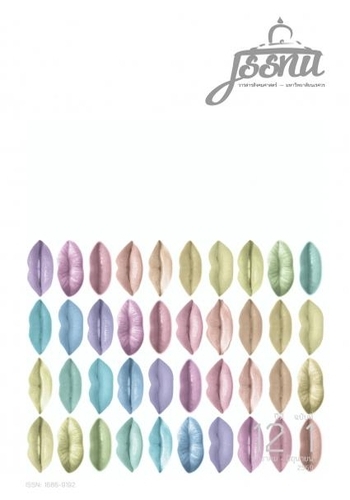Pornographic Images: Obscenity Laws and Morality
Main Article Content
Abstract
Naked bodies and sexual acts of human have been being recorded continuously in various pictorial forms throughout the long history of mankind; from sexually explicit images painted on Greek vases, erotic murals of the ancient Roman city of Pompeii, Kama Sutra sculptures at Khajuraho Temple of ancient Indian civilisation, Shunga woodblock printed art of Japan to a mural depicting a couple engaging in a sexual activity at Bang Yi Khan Temple in Thailand. These “pornographic images” are clear evidence of how much we are interested in sexual representations. However, it is also difficult to deny that society on behalf of us is attempting to control pornographic images in the name of “morality, by enforcing obscenity laws. This article aims to examine and analyse the relationship between “obscenity laws” and “morality” from legal, sociological and historical perspectives. In the first two sections, the discussion focuses on issues concerning obscenity laws and sexual mores in Thailand and England. However, the final section concentrates specifically on the interaction between pornographic images, society and state in the context of Thailand


